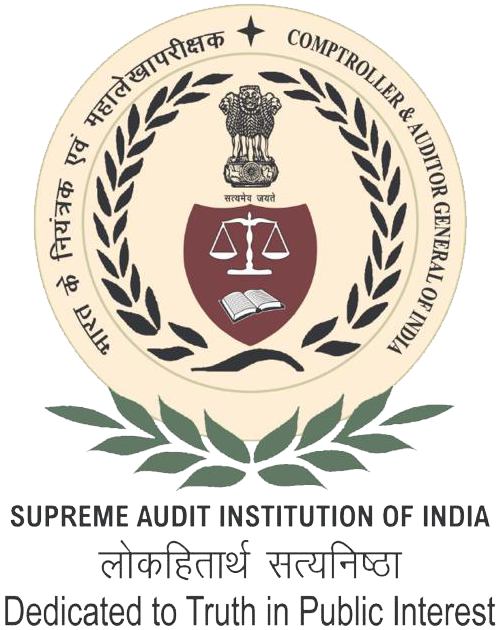Audit Reports

Civil
Report No. 26 of 2011 – Performance Audit of Sale and Distribution of Imported Pulses in India of Union Government, Ministry of Commerce & Industry
Overview
Pulses are important food crops and have a very significant impact on the health of the average Indian. The gap between demand and production of pulses in the country has been in the range of 10 to 50 lakh MT during 2002-03 to 2010-11. To bridge this gap, Government of India introduced two schemes, one in 2006 and the other in 2008, for import and distribution of pulses through four agencies (NAFED, MMTC, PEC and STC1) in order to facilitate the availability of pulses and to accordingly stabilise prices. In the first scheme introduced in May 2006, the agencies were to import pulses on Government account subject to reimbursement of losses, if any, up to 15 per cent of the landed cost by the Government. The other scheme introduced in November 2008, envisaged import of four lakh metric tonnes of pulses for distribution to BPL households through the Public Distribution System at an overall subsidy of Rs.10/kg.
Audit of both the schemes revealed that they could not achieve their targeted objectives due to serious deficiencies in their design, implementation and monitoring.Despite import by designated agencies, growing divergence between wholesale and retail prices of pulses was noted, which pointed towards increasing control of the market by private traders.As against the targeted quantity of import and sale of 53.10 lakh MT of pulses during 2006-11, the agencies imported 30.04 lakh MT and sold 26.95 lakh MT of pulses during this period, incurring losses totalling Rs.1201.32 crore on these transactions.The delays in clearance of the pulses at the ports led to an avoidable expenditure of Rs.42.71 crore upto March 2011. These delays led to delays in release of imported pulses into the domestic market, with a consequential adverse impact on their prices. In the absence of any specific guidelines issued by the Ministry of Consumer Affairs on distribution of imported pulses, all the designated importing agencies sold the imported pulses in the open market through the tendering process, instead of distributing them through State agencies.
The Government decided to import yellow peas in 2007 on the grounds that they were a reasonably good substitute for other types of pulses and their prices were comparatively lower. However, the peas did not find many takers in the domestic market and were sold after considerable delays with heavy losses to the importing agencies. Despite this, the agencies continued to import the peas during the subsequent years even when they had huge unsold stocks. The outcome of the decision of the Cabinet Committee on Prices to import yellow peas up to half of the total imports was a total loss of Rs.897.37 crore suffered by the importing agencies,which amounted to 75 per cent of the total loss suffered by them in the process of import.

